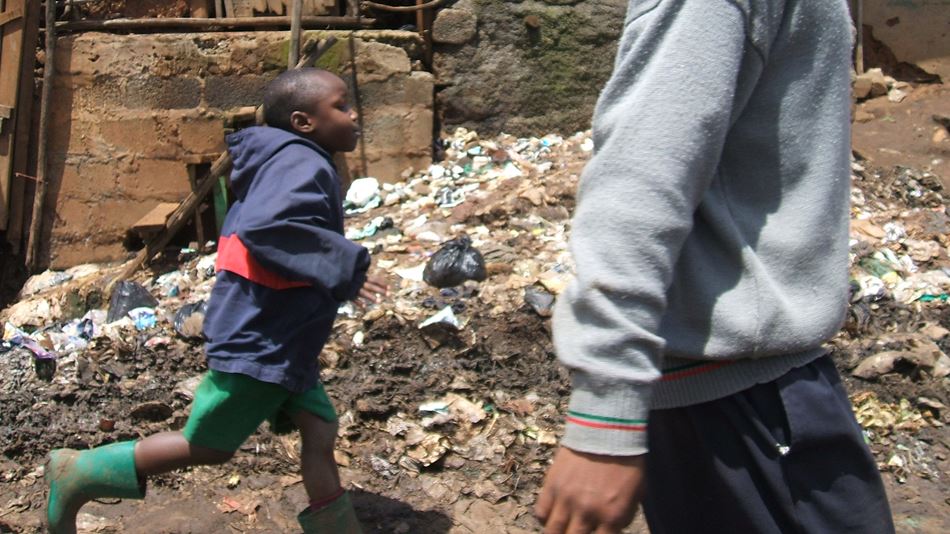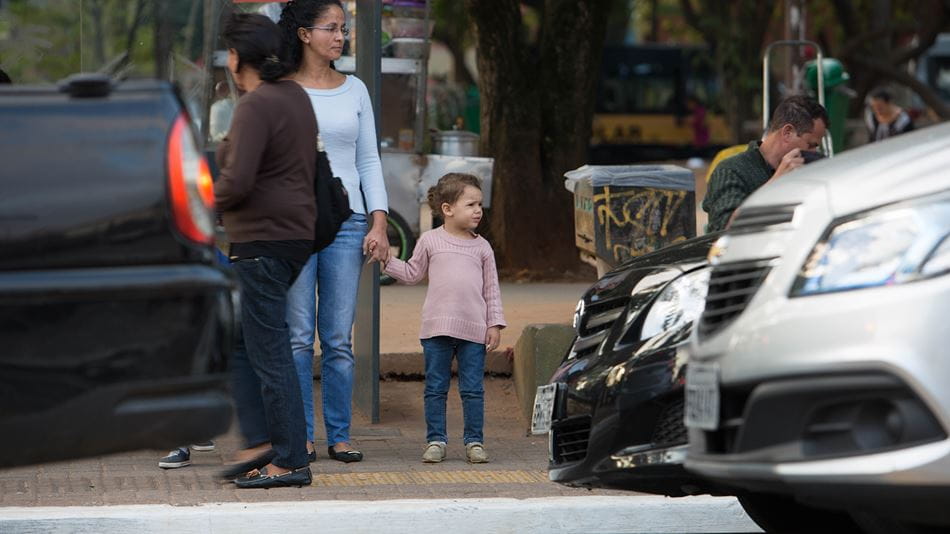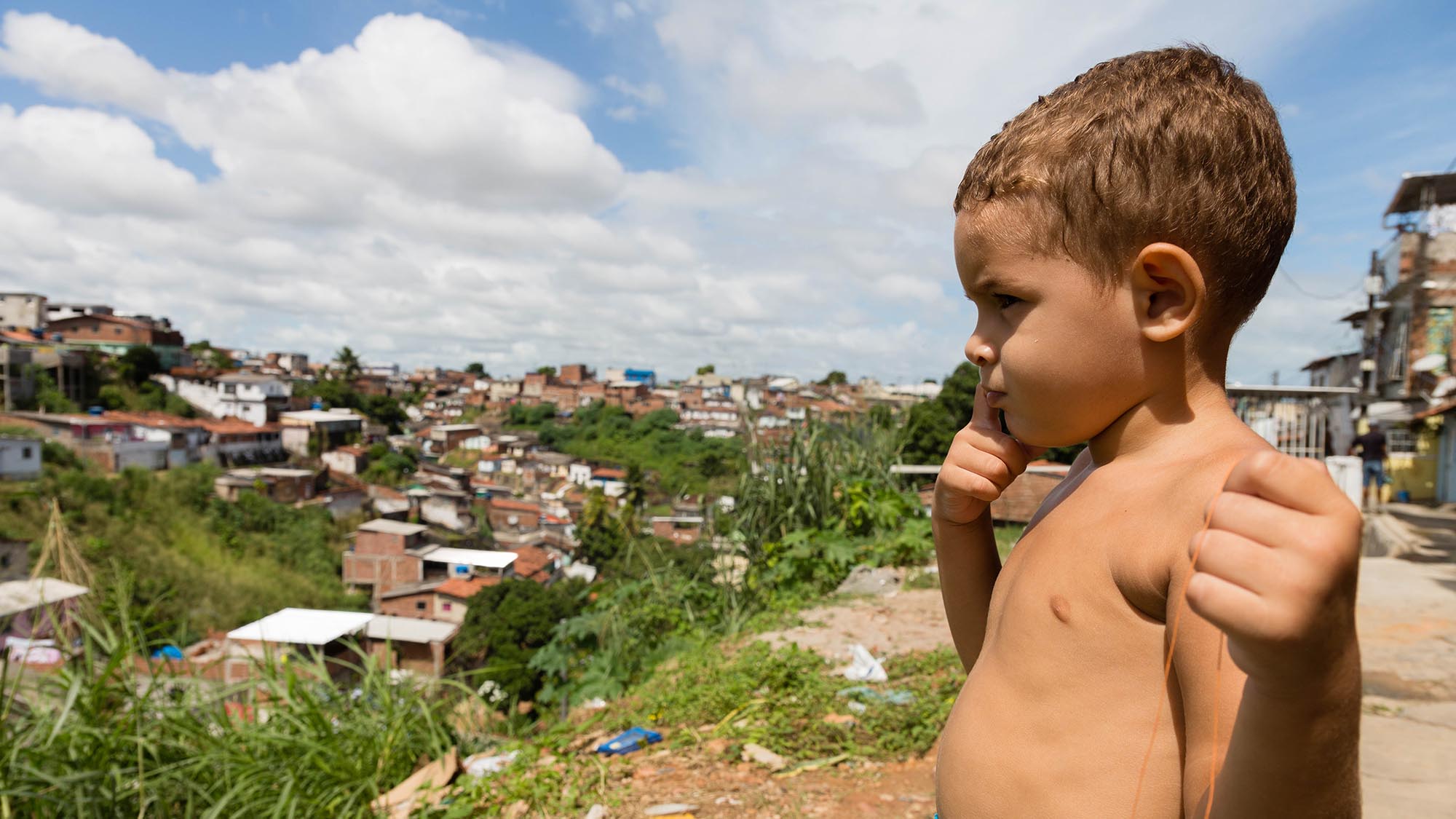Children, caregivers and pregnant women living in informal settlements are becoming increasingly vulnerable. Faced with a lack of basic services and inadequate living conditions, their fortune predicts limited opportunities for individual and community growth. Today, they are also on the front line of climate change and its impacts, compounding the difficulty of their urban lives.
Arup and the Bernard van Leer Foundation partnered to develop a guide to assess, design and implement child-centred interventions in vulnerable urban contexts, such as informal and refugee settlements, to improve the living conditions of young children and their caregivers, with benefits to the broader community.
If you could experience the city from 95cm what would you change?
In the Bernard van Leer Foundation’s Urban95 Initiative, they ask a bold but simple question: “If you could experience the city from 95cm – the height of a 3-year-old –what would you change?”. Urban95 leverages urban planning, policy and design to improve the very youngest children and their caregivers experience, play in, interact with and travel through cities.
Building on the Urban 95 intiative, we seek to provide a practical tool with design principles, processes, set of standards, and policy recommendations. Key urban practitioners, decision makers, and development actors can utilise it to mainstream the needs of young children and caregivers, and to profile their work as child and family friendly. Developed in close collaboration with key players in the development and humanitarian sectors as well as the design industry, it aims to ensure the needs of the final users are properly addressed.

A growing population in critical need
With cities growing exponentially and population displacement on the rise, more and more children will find themselves living in informal, resource-restricted, and otherwise vulnerable urban areas. In the coming decades, children’s health, lives and futures will be increasingly determined by the shape of urban development.
The early years of a child’s life are critical for their long-term health and development. Neuroscience research indicates that a child’s experiences with their family, caregivers and the environment around them sets the foundation for learning and behaviour later in life. To develop to their full potential, babies and toddlers need not only the minimum basics of good nutrition, regular healthcare, clean air and water and a safe environment – they also need plenty of opportunities to play and to experience warm, responsive human interactions with their relatives and community.
In contexts with multi-source vulnerabilities, such as informal urban settlements, the needs and constraints of the youngest and most vulnerable are often unheard in decision-making and planning. While children up to 5 years old have significantly different needs than older children, they often remain invisible to municipal leaders or are categorised with older children from a planning perspective.
A collaborative process
While there isn't a shortage of publications addressing the need for a child-centred approach in design and planning; they often feature an array of example cases, design principles and methodology frameworks, which for overburdened government authorities, urban practitioners and development actors, can be difficult to sift through. Arup’s guide aims to provide robust, easy to use context-sensitive tools for implementation across cultures and at various scales. Our tool aims to be a resource of first resort for aid workers, community organisers, municipal authorities and planning specialists.
To succeed in framing relevant and applicable urban design principles, standards, processes and policy recommendations, a sound contextual understanding is imperative, along with the involvement throughout the process of young children, caregivers, pregnant women, and key urban actors.
To this end, the guide will be created in consultation with critical stakeholders from across the international urban development and humanitarian community, and in close collaboration with KDI, VPUU, Catalytic Action and Civic. These partners will work with us in four pilot sites to assess a spectrum of urban contexts in Kenya, South Africa, Lebanon and Jordan, respectively.
Through a range of applied research methods, we will engage with both children living in vulnerable urban areas and the broader community. This will allow us to assess their needs, understand their aspirations, and design meaningful interventions that will contribute to developing inclusive, liveable, safe and climate resilient urban settlements where young children can thrive.
Download Arup's capability statement on child-centred design and planning

“Planning and designing a neighbourhood to better meet the needs of all families with young children is one of the best investments a city can make. We’re glad to be collaborating with Arup’s dedicated and expert team to set out guidelines to support the basic human rights to decent housing, safe water, sanitation and play ”
Patrin Watanatada Knowledge for Policy Director, Bernard van Leer Foundation
 ;
;


